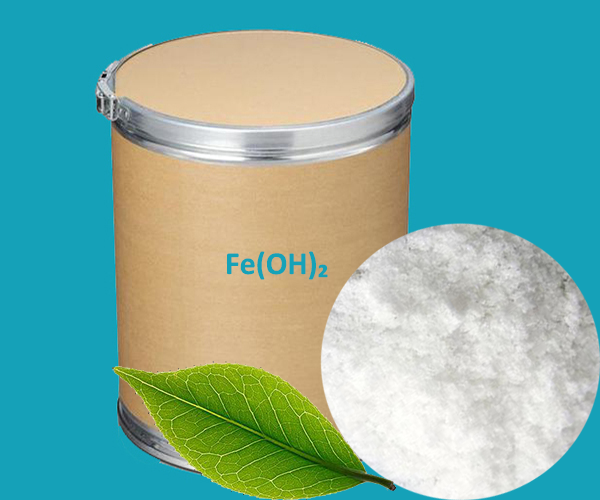Ferrous Hydroxide, also known as Iron (II) hydroxide, is a highly interesting and versatile chemical compound. It is traditionally represented by the chemical formula Fe(OH)₂, denoting one iron (Fe) atom and two hydroxide (OH) ions. This compound plays a significant role in various chemical and industrial processes due to its unique properties.
Ferrous Hydroxide is a pale greenish or grayish-white solid under standard conditions. The coloration is distinct and helps in identifying this particular compound. It is nearly insoluble in water, yet soluble in acids or ammonium acetate. This material has a molar mass of approximately 89.86 g/mol. Its density stands at around 3.4 g/cm3 and it possesses an orthorhombic crystal structure.
Ferrous Hydroxide has a range of applications across various industries. In the environmental sector, it is used in water treatment processes as it aids in the removal of harmful contaminants like arsenic, selenium, and phosphate. Furthermore, it serves as a precursor in the manufacture of other iron compounds, including iron (III) oxide-hydroxide, used in pigments and other materials.
Ferrous Hydroxide also plays a role in the field of energy. It serves as an important component in various types of batteries, specifically Nickel-Iron batteries, where it acts as an active material. In these batteries, the iron (II) hydroxide gets oxidized to iron (III) hydroxide during charging, and then back to iron (II) during discharging. The reversible nature of this reaction makes it ideal for rechargeable battery applications.
Moreover, due to its unique interaction with radiation, Ferrous Hydroxide finds use in nuclear energy systems. The compound can absorb neutrons, making it an effective material for radiation shielding.
 English
English Español
Español Português
Português Français
Français Deutsch
Deutsch Русский
Русский 中文
中文 日本語
日本語
